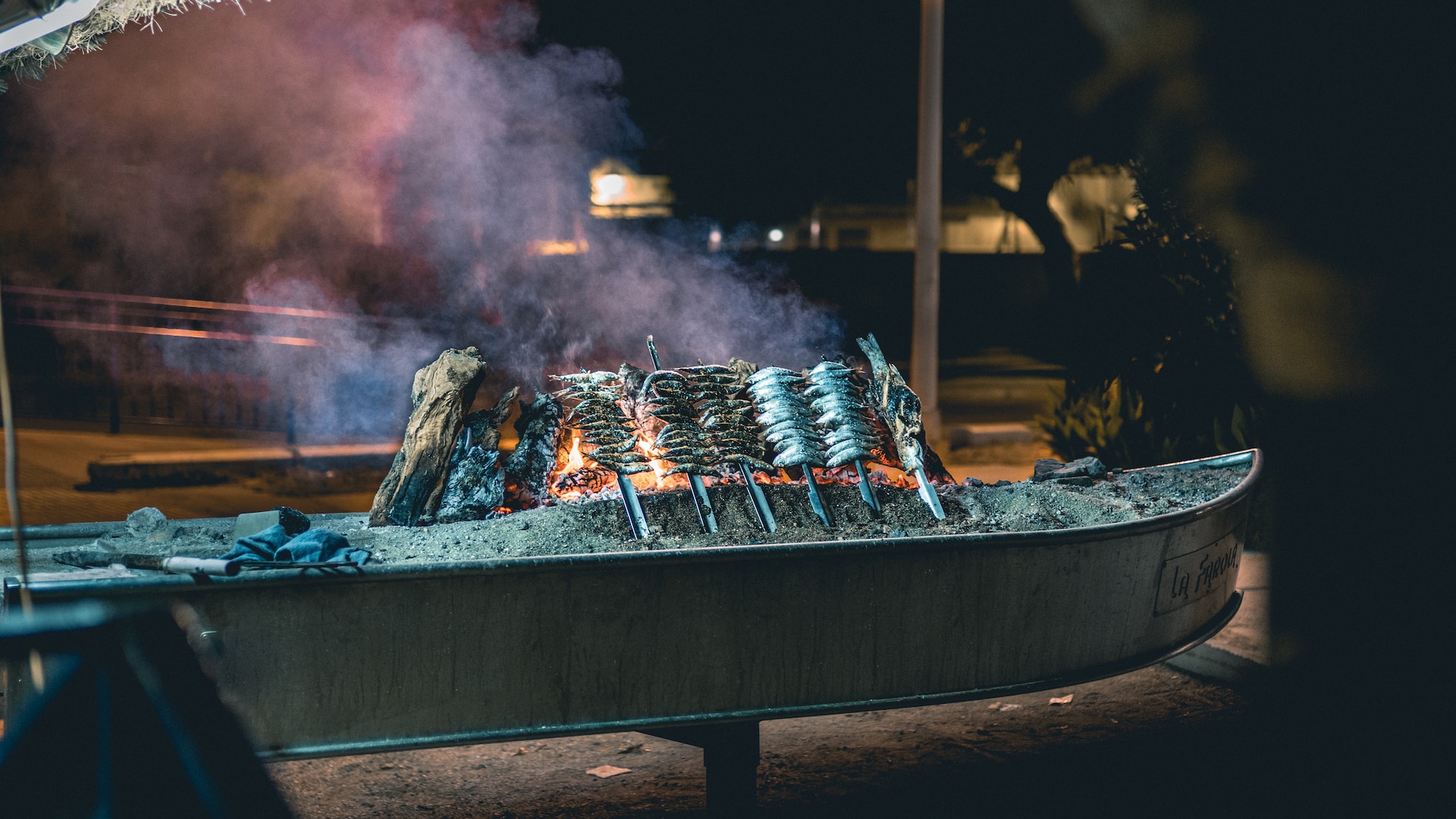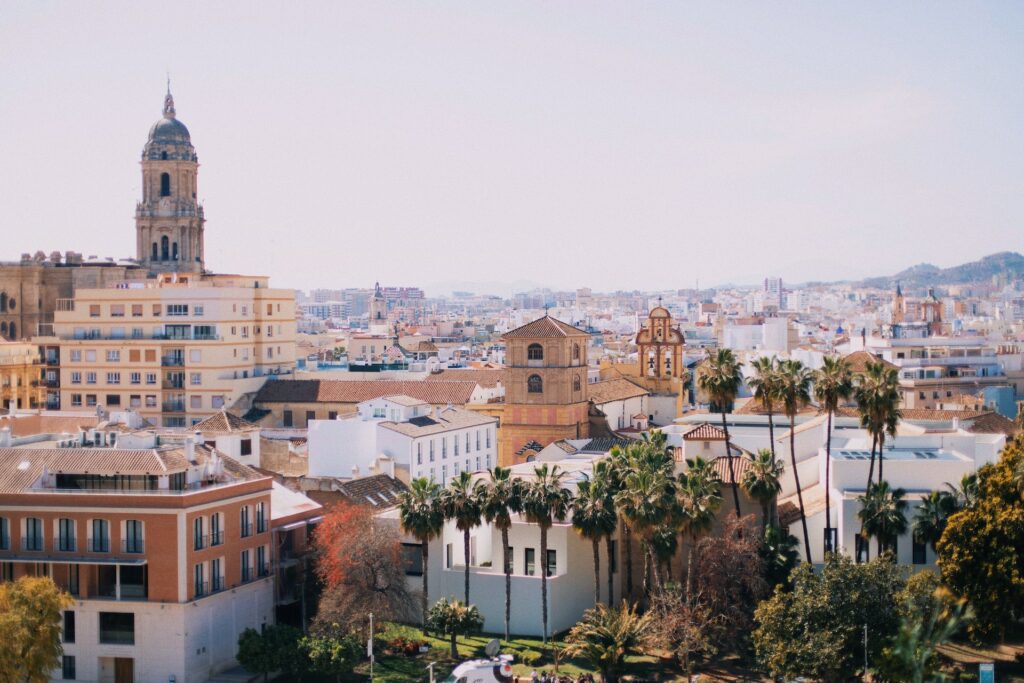The Delightful Relationship Between Malaga and Fish in Gastronomy

Malaga, located in Andalucia, Spain, enormously enjoys seafood. The city has a long tradition of using fish in its gastronomy. The region’s proximity to the Mediterranean Sea and the Atlantic Ocean makes it an ideal location for fishing.
Malaga is located on the coast of Spain, which significantly influences its gastronomy; that is why seafood plays a significant role in the local cuisine. The Mediterranean Sea provides fresh fish and shellfish, typically grilled, fried, or served in stews and soups.
Malaga is famous for its gastronomy; people worldwide visit this city to taste its culinary delights. Those who travel to take Spanish lessons in Malaga usually fall in love with the town after tasting the first dish.
The traditional cooking method of grilling fish on a stick over an open flame, known as “espeto,” is an iconic part of Malaga’s gastronomy. This cooking method has been used for thousands of years, dating back to the Phoenicians who first settled in the region.
However, Malaga’s culinary fame is primarily due to its seafood dishes. In addition to seafood, Malaga’s gastronomy also features meat dishes, often featuring grilled or roasted meats with a variety of vegetables. Local ingredients such as almonds, olive oil, and garlic are commonly used to flavor these dishes.
This article will explore why fish is so widely used in Malaga’s cuisine and how it has become an integral to the city’s cultural heritage.
Location and Climate
Malaga’s location on the southern coast of Spain, with its long stretches of beautiful beaches and clear waters, makes it an ideal place for fishing. And also (of course) makes it a perfect location for relaxing at paradisiacal beaches, one of the main reasons most international students want to take Spanish lessons Malaga. But let’s keep focus!
As we were saying, the Mediterranean Sea and the Atlantic Ocean that surround the region are home to a wide variety of fish species, such as sardines, anchovies, sea bass, bream, and octopus. The warm climate and sunny days also contribute to the area’s availability and quality of fish.
Historical Roots
Malaga’s gastronomy has been shaped by its long history of trade and colonization. Moors, Romans, Greeks, and Phoenicians influenced the city’s cuisine. The Moors, in particular, significantly impacted Malaga’s culinary culture, introducing new ingredients and cooking techniques, such as spices and the art of frying fish.
A Staple of the Mediterranean Diet
Fish is a fundamental part of the Mediterranean diet, renowned for its health benefits. The diet emphasizes fresh, locally-sourced ingredients, such as fish, olive oil, vegetables, and fruits.
In Malaga, fish is often prepared, grilled, or fried and served with olive oil and lemon, making it a healthy and delicious option for locals and visitors alike.
The Art of Espeto
One of the most popular ways of cooking fish in Malaga is the art of espresso, a technique that involves grilling sardines on a skewer over an open fire. This traditional method of cooking fish is an ancient technique still widely practiced in Malaga today.
With this cooking method, the sardines are well done on the outside but tender inside (this means crispy and juicy simultaneously), giving them a unique flavor synonymous with Malaga’s gastronomy.
The Importance of the Fishing Industry
Fishing is an essential part of Malaga’s economy, and the city has a long fishing tradition that dates back centuries. The fishing industry employs thousands of people and is a crucial source of income for many local communities along the coast.
Fishing also plays a significant role in the city’s cultural heritage, with many festivals and events dedicated to the industry and its products.
A Diverse Range of Dishes
Fish is used in various dishes in Malaga’s gastronomy, from traditional dishes, such as fried fish and paella, to more modern and innovative creations.
Some of the most popular dishes in Malaga include boquerones en vinagre (anchovies marinated in vinegar), fritura malagueña (a mixed platter of fried fish), and arroz con bogavante (rice with lobster). Malaga also has many seafood restaurants where visitors can sample the city’s delicious and diverse fish dishes.
Cultural Significance
Fish has become essential to Malaga’s cultural heritage, with many festivals and events dedicated to the city’s fishing industry and products.
One of the most famous festivals is the Feria de Agosto, a week-long celebration every August with live music, dancing, and plenty of fresh seafood. Another popular event is the Dia de la Tostada, which takes place on the first day of Lent. On this day, locals gather to enjoy a traditional breakfast of toasted bread with olive oil and sugar, a glass of sweet wine, and fried fish.
Sustainability and Conservation
In recent years, there has been a growing concern about the sustainability of the fishing industry and the need to conserve fish stocks for future generations. Malaga has taken steps to address these issues, introducing measures to promote sustainable fishing practices and the conservation of marine habitats.
Visitors to Malaga can learn about these initiatives at the city’s fishing museum and take guided tours of the local fishing ports to gain a deeper understanding of the importance of these efforts.
In conclusion, using fish in Malaga’s gastronomy is deeply rooted in the city’s history, culture, and economy. Its proximity to the sea and the Mediterranean diet have contributed to the importance of fish in the region’s cuisine. The art of espresso and a diverse range of dishes have made it an integral part of Malaga’s culinary heritage.
The fishing industry has also played a significant role in the city’s economy, providing employment for thousands of people and supporting local communities.


